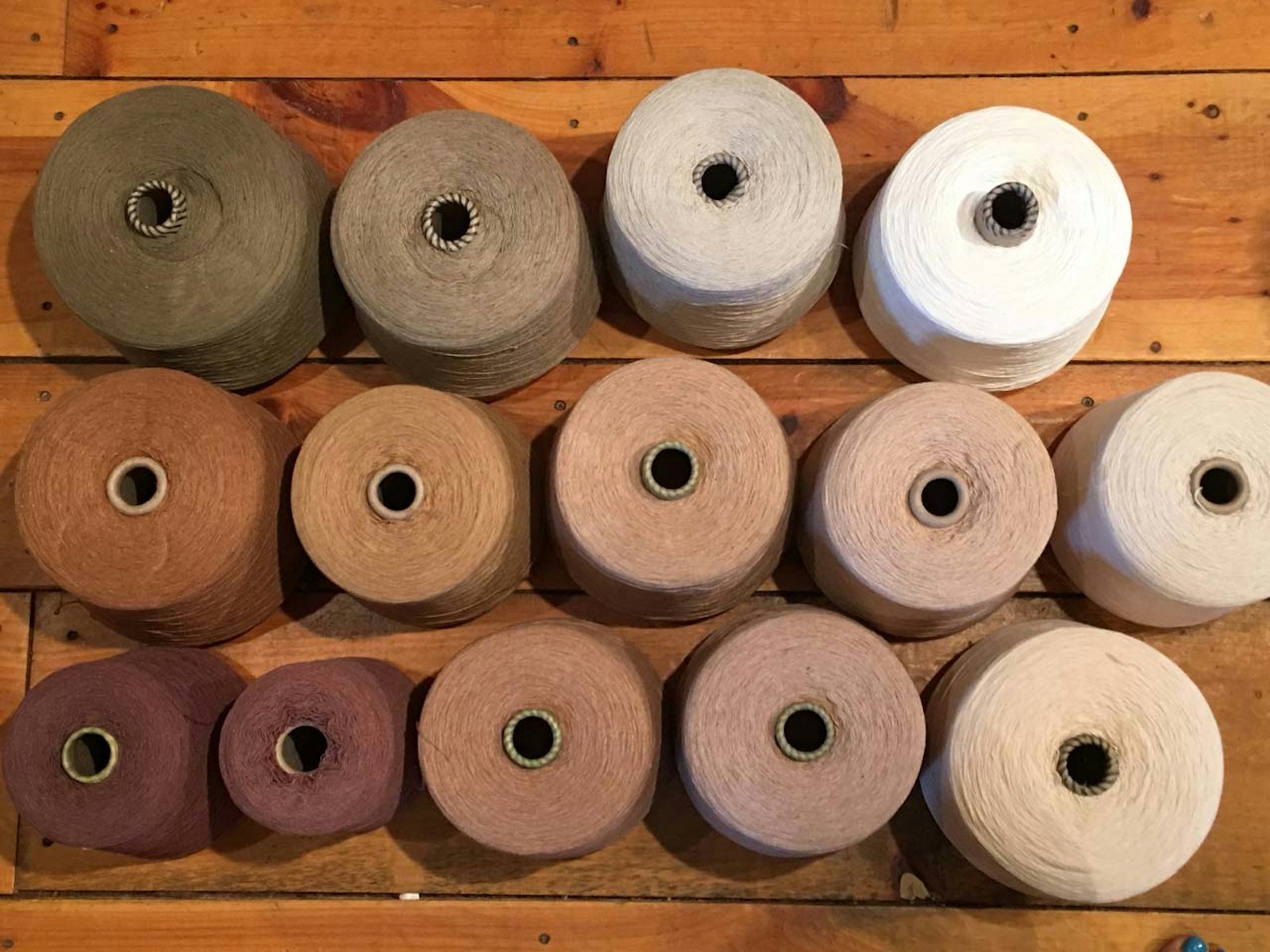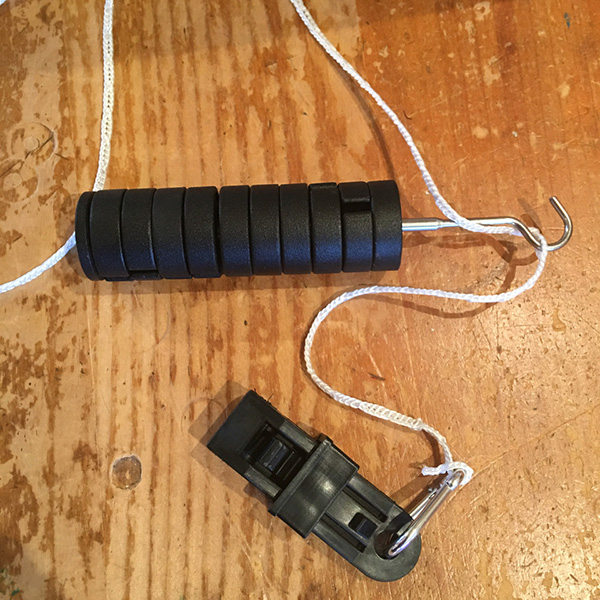I asked Elisabeth Hill to weave a project for Handwoven_ November/December 2018 and to write 5 posts about the experience of doing so. Unexpectedly, her first attempt at the project didn’t work out as she wished. I think most of us can relate to having what seems like a great weaving project fall apart on the loom. Here is her first post about that experience._ Enjoy, Susan
Rising Shed, Sinking Feeling
One of the best things about being a weaver is that when one gets that intermittent feeling of acquisitive desire, commonly solved (a little depressingly) with retail therapy, one can easily and happily turn it into a weaving project instead. For the last year or so I have been carrying on a fairly innocent flirtation with cloth napkins. I would look at them online, and when doing errands, I would nonchalantly examine table linens at restaurants and friends' houses. As my passion grew, so did my determination to get a set on my loom.
I started with 2 sources of inspiration. One was a recent delivery of 13(!) colors of 10/2 naturally-colored cotton, and the second was a huck lace sampler in fine linen that I wove while enrolled in the Hill Institute weaving program . I added an obsession I have with circles, dots, and curves in weaving and began to imagine a whimsical set of huck polka-dot napkins using one color of color-grown cotton in the warp and a different color for each pair of napkins in the weft. I proceeded to draft and calculate.
My huck lace sampler
To make a longish story shortish, I wound a warp long enough for 8 napkins plus a sample, I cut my sample napkin (woven using a weft color very similar to my warp) off the loom, washed, pressed, and liked it. So I proceeded to weave the other 8 napkins moving from weft colors very close to my warp color to weft colors that contrasted more and more. (Here a sinking feeling began.) I watched my beat—having experienced the huck hazard of more resistance in the plain weave areas than in the pattern areas. I improvised a >temple (not owning one in the correct width ) to help with my beat and keep the selvedge threads from abrading too much. I made a measuring ribbon with inner hem, hem and napkin body marked, and I wove 8 napkins, all the same size, beat evenly, with nice selvedges. (The sinking feeling gets stronger.) I serged, washed, and pressed the napkins, and oh boy! They were ugly - dull and sad instead of happy and whimsical.
My improvised temple.
Using ribbon and a sharpie to ensure that all of my napkins were the same length.
All the elements for the perfect set of napkins didn’t create the perfect set of napkins.
Huck, polka dots, lovely cotton fiber, attention to detail, whimsy—How did it go so wrong? As I look critically, I have a few ideas, but what I want to relate here is that whether you have woven a lot or a little, whether something goes wrong technically or aesthetically, "getting it wrong" is part of the process. Sometimes defining what you like is a process of determining what it is you don't like. So I have a set of napkins that turned out to be a "dud." I'm not discouraged; In fact, I'm already rolling the dice again re-imagining my dream date . . . in cottolin. . .
—Elisabeth Hill
All photos by Elisabeth Hill





